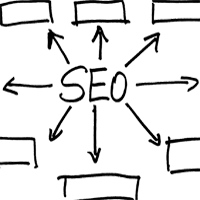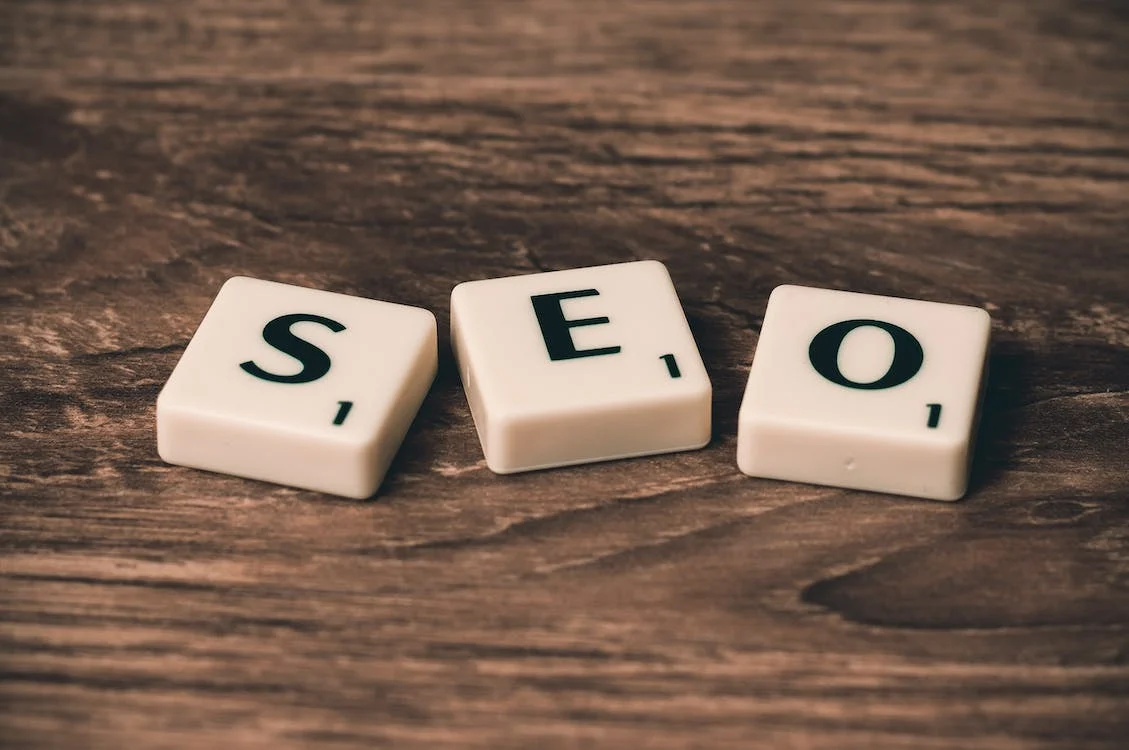Future Proof SEO Campaigns

The search results pages of popular search engines are changing dramatically into far more dynamic resources. Is your digital presence ready; is it future proofed?
Many of the search engine optimization industry elite today believe both Google and Bing SERPs will look, perform and act far differently in the future - we're looking at you Google Glasses. But will the search results pages of search engines, the primary source of traffic for a vast majority of websites, actually be unlike today's? And will future SEO demand that big brands, small companies and startup enterprises change the tactics they currently use to acquire visitors from those sources?
There's a different way to think of the future. Perhaps what will change most about SEO is how those responsible for its success (defined as gaining more qualified unique visitors from the likes of Google and Bing's unpaid search results) approach the practice on the whole. In the future, top search rankings will be the product of a more proactive and comprehensive plan covering the entire digital experience. This could result in smarter design and broader, yet more relevant awareness initiatives, and even a more profitable experience for the business itself.
So, what should your brand expect? How can your SEO team future proof its efforts? Let's explore what the future may hold and how enterprises can prepare.
DESIGN a SMARTER Web
There's a reason that HTML5 and CSS3 have entered the digital media professional's lexicon. They're important to a broad range of marketing and technical responsibilities, as important to SEO as it is to digital designers.
For example, CSSs provides SEOs the ability to separate style from content, just the type of data that search engines seek out, process and return in the form of search results. Separating stylistic elements from the data, enables search engines to better and more efficiently match documents (e.g. Web pages) to queries, because they are able to more clearly and quickly understand the context.
Approaching the search engines in the future with a smarter design will be one of the main roads toward natural search marketing success. And there are considerations that you should be making right now. For example, there's a reason that both search engines have publicly shown their support for the use of responsive Web design (RWD), which forces the prioritization of content based on device type (removing the unnecessary elements in some instances).
But RWD isn't the lone answer. There is another one: clean up your code. Many sites using responsive design aren't truly optimizing for the multi-device experience, including any manner of third-party javascript on pages that will be viewed on devices and connections that aren't always as quick as Web workers would like to imagine. In fact, the average size of Web pages continues to grow.
According to the website HTTP Archive, which regularly studies the top 10,000 most visited sites online, the average Web page now weighs in at about 1.3 megabytes, up about 35 percent in the last year. It's not the "content" per say, it's all the marketing analytics javascript that's causing the problem.
To solve this issue, consider the use of a Tag management platform to aid in designing nonbloated (or less bloated) code. Solutions, such as those provided by Tealium or Google's Tag Manager, take the hard work out of integrating various analytics and tracking scripts into a Web page, which can dramatically slow down the user experience and potentially make pages load incompletely, to the frustration of users and search engines.
OPTIMIZE the content EXPERIENCE
The amount of information that is produced and then optimized for the purpose of getting documents into the search results and then in to competitive positions (defined as at least the first few natural listings) is by all accounts impressive, and it needs to be.
Every day, Google provides results for more than 1 billion questions, even many first-time ones. Coupled with all of the individual personalization in the search experience of today, there's no one SEO practice that will ensure a consistent rank for even the most relevant result. As such, enterprises are thinking more about the user's experience once they click through, and how to optimize that experience. Doing so provides its own, potentially big, reward.
Search engines may take into account bounce rate and any number of other variables to determine the quality of the experience a user received on a website, at least as it relates to directing to and returning from a particular search result page and the individual query of the user. If the search engines can determine that users like what they find when they arrive and ultimately move through a website (ideally toward some manner of conversion goal and encountering additional social sharing opportunities along the way) then the chances a document/page will consistently appear on the SERPs increases dramatically, because now there's evidence of quality.
To make it all work, it remains essential to increase the amount of time and interactions from the user experience, and Web content presents as good an opportunity as any available to start. By sending users to known "high-velocity" areas of your digital property, brands are able to better control the user experience. For example, if a visitor to WebsiteMagazine.com came from a search query about a recent Web hosting news item, it would benefit that user and our internal business initiatives if we can direct them to an area where they would spend more time consuming information (e.g. downloading whitepapers) and improve our site's reputation in the process.
The challenge is that website analytics solutions, such as those provided by Adobe and Google, tend to show us only what we look for, not what we don't. We know the most popular content items and which conversion funnel we want users to end up in, but what's missing is the connective virtual tissue. Solutions such as LinkSmart provide its content analytics and insights platform free, are able to analyze and provide insights that ultimately make it possible to send users to high-value areas of your enterprise.
The Future is Now
There's no crystal ball that will reveal the future of natural search engine optimization, but many believe it is the user experience that will change the most and have the greatest influence on search success. There will always be an opportunity to indicate relevancy (e.g. title tags and anchor text) to the search engines, but to top the search results pages in the future, the experience a brand provides will need to be more efficient and more effective through smarter design and a more thoughtful on-page experience.









